Welcome to Your Weekly UAS News Update
We have four stories for you this week: the Mavic 3 Enterprise gets Category 2 approval, which is a big deal; a Part 107 serious injury, we’ll talk about the details; Aloft completes LAANC onboarding and then gets new features; and lastly, the DJI Mini SE specs are leaked. Let’s get to it!
Mavic 3 Enterprise Receives Category 2 Approval
First off, AVSS seems to be just getting started with approvals. The Mavic 3 Enterprise and the Enterprise Thermal are now Category 2 approved when they’re equipped with AVSS parachute, which is the PRS-M3E (that’s the code name for it).
This allows the drone equipped with the parachute to legally operate over people and moving vehicles under Part 107 without having a waiver, which is again a big deal. They got the DJI Matrice 300 approved a couple of weeks ago, and it sounds like they probably have even more in the pipeline.

So it’s awesome to see that a company is working on categorizing drones after having a dry spell for many, many years. We’ll share more when we have more.
Serious Injury Incident Involving Small Drone
Next up, the NTSB has released a preliminary report on an accident that happened in February of this year. A small drone was involved in an accident on February 20th, 2024, and this happened in Orlando, Florida. The Remote Pilot In Command (RPIC) stated to the investigators that the purpose of the flight was to power wash a hospital, and that the RPIC and the aircraft had operated multiple times throughout the day before that.
On the final flight, the remote pilot took off and noted that the aircraft began to lose control directionally about 2 or 3 feet above the ground. The RPIC attempted to control the aircraft, but there was absolutely no response. The RPIC then attempted to disarm the aircraft, but again, no response. The RPIC realized that the drone would not respond to any of the commands and then decided to manually unplug the batteries inside the drone, resulting in severe lacerations on his arm, hands, and legs.
This is according to the NTSB report, and the pilot also partially severed a finger. The aircraft in question is the Apellix B1 washing drone, which is a coaxial quadcopter. So it’s a quadcopter with two motors, one on top and one at the bottom, and obviously not a whole lot of room to put your hand to take out the battery.
We’ll keep you updated when we see more, but this is actually the second accident that we’ve seen in the NTSB database with very similar results and very similar setup, where someone tried to reach inside. The other one was a couple of years ago with the DJI Matrice 300, where they tried to reach inside and get the battery out and got really, really bad lacerations.
Aloft Completes LAANC Onboarding and Introduces New Features
Third up is Aloft, which has completed the FAA’s onboarding process, introducing new features. Those new features are primarily around improving further coordination requests.
So if you want to fly above a grid number or in an area that is in zero grid, you need to get what’s called further coordination. Two new features will help remote pilots immensely, I believe, for further coordination.
The first one is a reduction in the expiration time from 24 hours to 3 hours before the operation. So if you submit something 24 hours in advance typically, or less than 24 hours in advance, you would get an automatic message that said you can’t do that. Now it’s down to three hours, which should help.
And then the second is enhanced feedback that would allow ATC to send feedback on why the request was denied, which I think is a big deal. A lot of people have been complaining about why their request gets denied, so ATC would be able to say, “Well, try again 100 ft lower,” for example, and then maybe you’ll get approval.
So hopefully these two improvements save operators, the FAA, and ATC time and money with scheduling and then requesting airspace approval.
DJI Mini SE Specs Leaked
All right, last up: more DJI Neo leaks. Most of the specs appear to have been leaked on the new drone. The drone appears to come in at 135g, which is, I think, the lightest – I don’t know if it is the lightest DJI drone, maybe. I know the Spark is pretty light, but I don’t remember how much it weighs.

It has an 18-minute flight time and a maximum flight distance of four miles using OcuSync 4, and then 22GB of internal storage, which is an interesting number. The Neo camera is rumored to have a 12-megapixel 1/2-inch sensor, f/2.8, ISO 100 to 6400, and then a maximum resolution of 4K at 30fps, which is kind of incredible for a drone that small.
Leaks also suggest that the DJI Neo does not have any SD card compatibility and shoots only in JPEG and MPEG-4. The pricing is rumored to be $329 for the Fly More Combo and to be released on August 20th, which is not really far – five days from when we’re recording, and three days from the time that you’re watching this video.
Obviously, those release dates and rumors are not always correct. I haven’t seen actually any kind of event scheduled for DJI, but if you see one, that’s probably what it’s going to be. So this might be a good, although limited, solution for Category One operation.
Lastly, even though we’re pretty much done here, for our community members, we’ll have a special announcement on Monday, so keep your eyes out for that. If you’re not already a member of the community, what are you waiting for? Head over to community.pilotinstitute.com to join. You need to be enrolled in one of our courses, and then you’ll find a lot of people talking. We just passed 40,000 members in the community, so there’s a lot of discussion going on over there.
All right, that’s it. You have a great week, and we will see you on Monday for the live, and then tonight as well for the community happy hour.
Discover more from DroneXL
Subscribe to get the latest posts sent to your email.

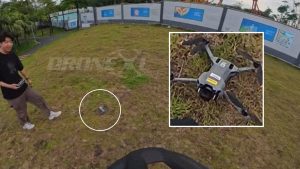
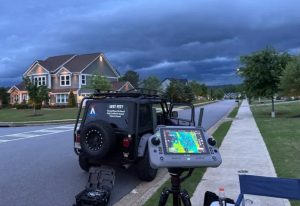
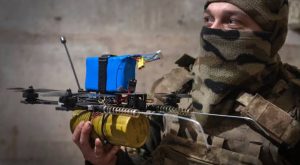
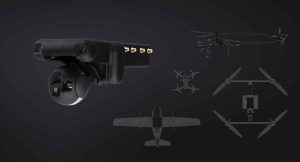
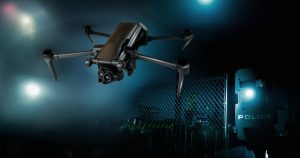
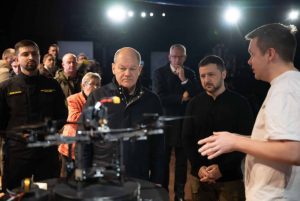

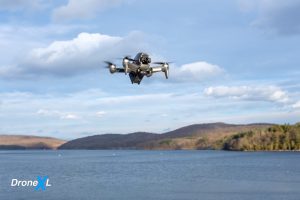
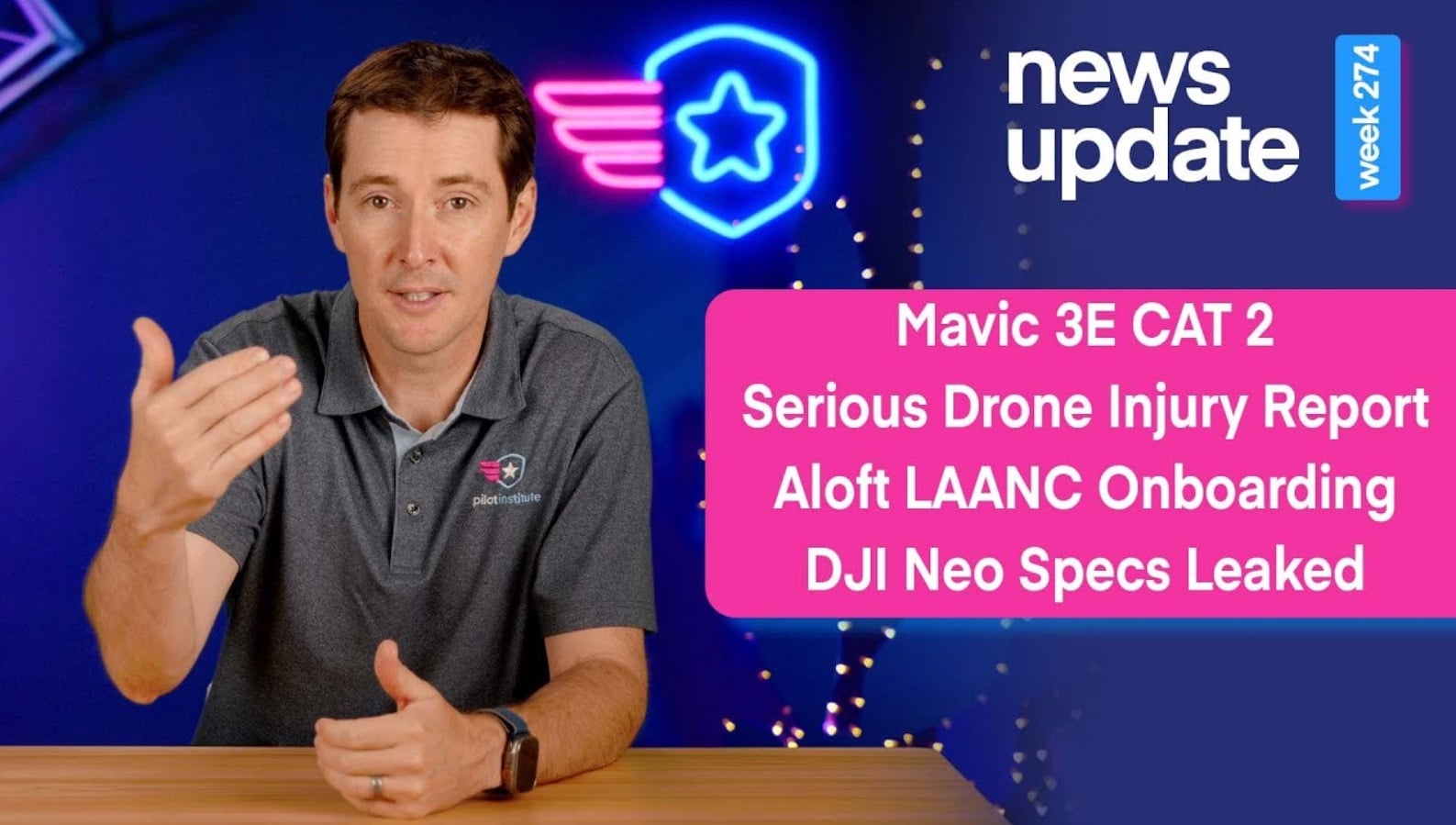


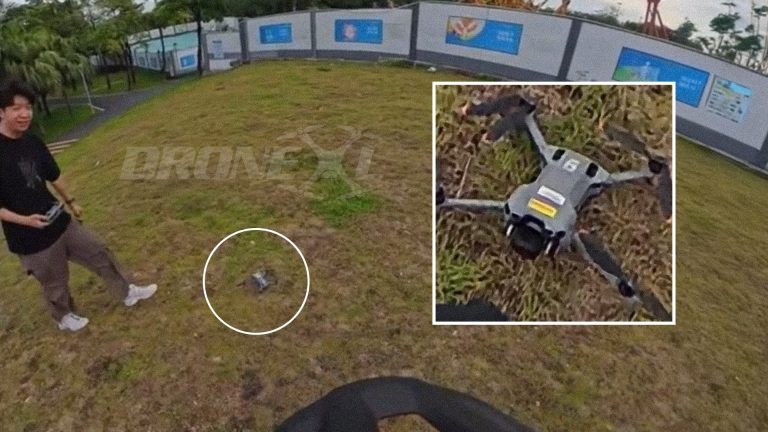

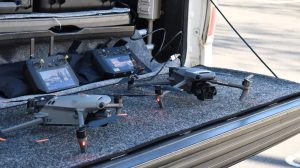
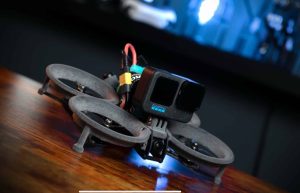
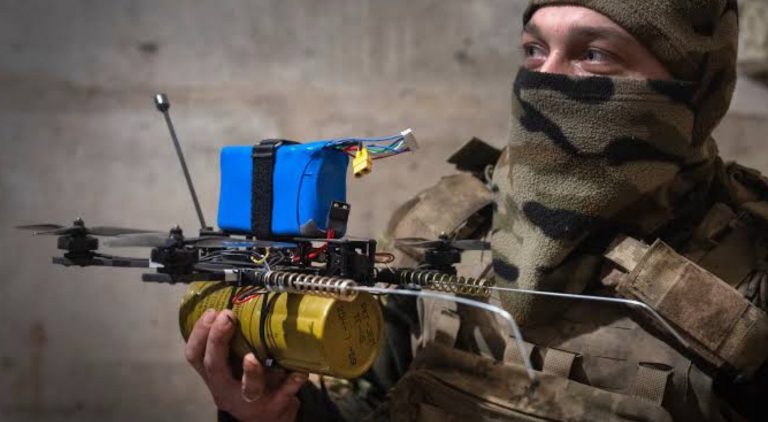
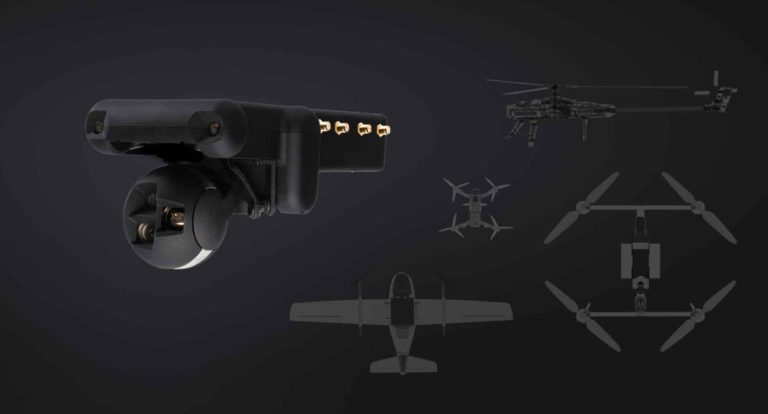
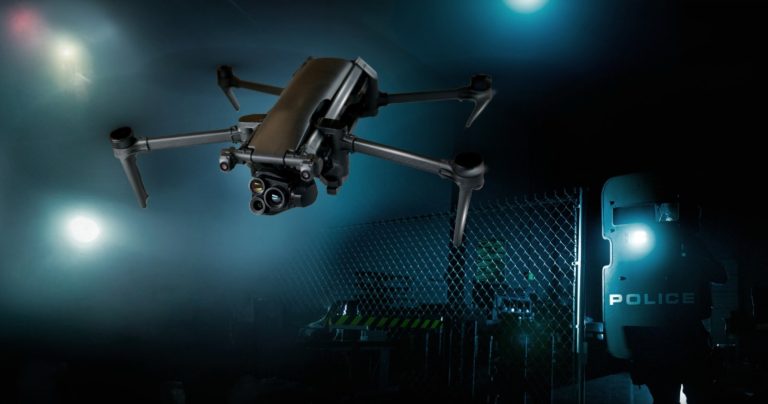
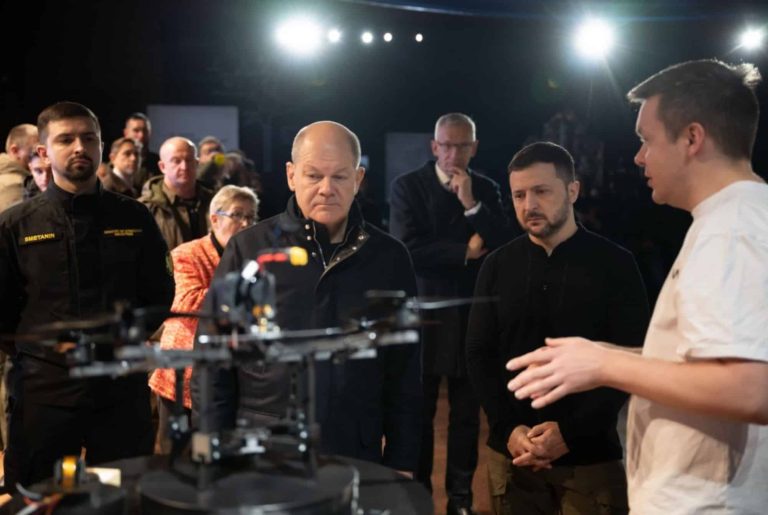
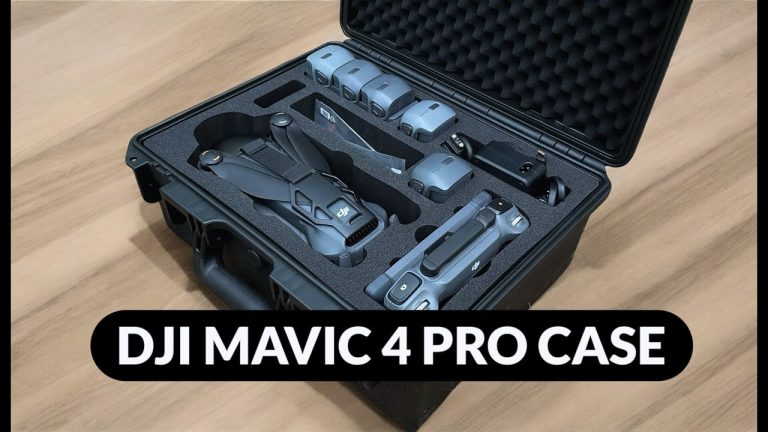
+ There are no comments
Add yours